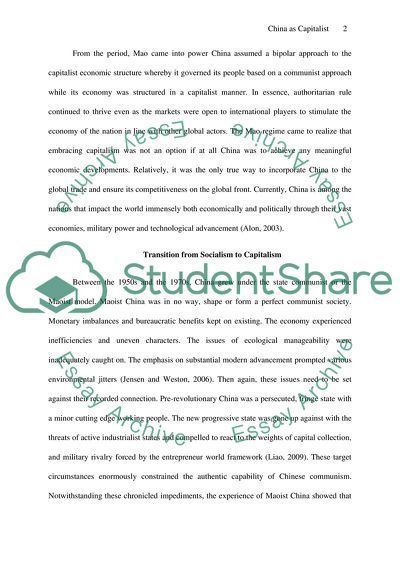Cite this document
(“China Is an Example of the East Asian Capitalist Developmental State Essay”, n.d.)
China Is an Example of the East Asian Capitalist Developmental State Essay. Retrieved from https://studentshare.org/social-science/1684934-china-is-an-example-of-the-east-asian-capitalist-developmental-state
China Is an Example of the East Asian Capitalist Developmental State Essay. Retrieved from https://studentshare.org/social-science/1684934-china-is-an-example-of-the-east-asian-capitalist-developmental-state
(China Is an Example of the East Asian Capitalist Developmental State Essay)
China Is an Example of the East Asian Capitalist Developmental State Essay. https://studentshare.org/social-science/1684934-china-is-an-example-of-the-east-asian-capitalist-developmental-state.
China Is an Example of the East Asian Capitalist Developmental State Essay. https://studentshare.org/social-science/1684934-china-is-an-example-of-the-east-asian-capitalist-developmental-state.
“China Is an Example of the East Asian Capitalist Developmental State Essay”, n.d. https://studentshare.org/social-science/1684934-china-is-an-example-of-the-east-asian-capitalist-developmental-state.


